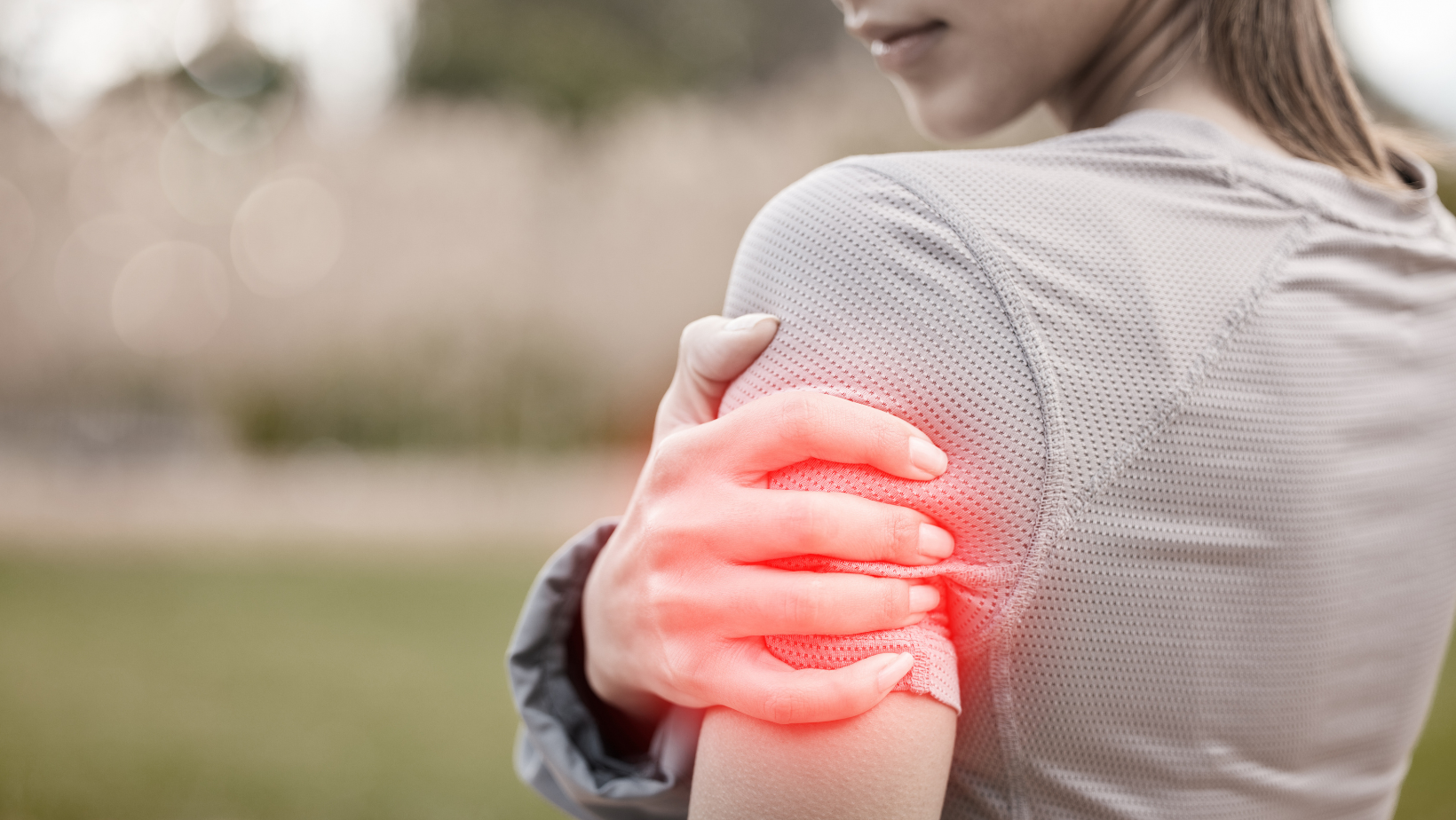Category
Tendinitis, a condition characterized by tendon inflammation, is a common issue affecting individuals of all ages.

Have any questions?
If you have any questions, feel free to contact us at [email protected]. A member of our support team will help you shortly.
Share this blog
Fatigue
Energy
Stress
Sleep
Tendinitis, a condition characterized by tendon inflammation, is a common issue affecting individuals of all ages. Tendons, the thick cords that connect muscles to bones, can become inflamed due to various factors, leading to tendinitis. This comprehensive guide will explore the causes, symptoms, and effective treatment options for managing tendinitis.
Tendinitis occurs when a tendon becomes irritated or inflamed, often due to repetitive movements, overuse, or aging. Tendons are essential for properly functioning joints, enabling smooth and controlled movement. However, when subjected to excessive stress or strain, tendons can develop microtears and inflammation, leading to tendinitis.
Engaging in repetitive activities or overusing a particular joint can strain the associated tendons, increasing the risk of tendinitis. This is common in occupations or sports that involve repetitive motions.
As individuals age, tendons may become less flexible and more prone to injury. Age-related degeneration can contribute to the development of tendinitis.
Incorrect posture or biomechanics during activities can place excessive stress on tendons, contributing to inflammation and tendinitis.
Athletes, especially those involved in activities requiring repetitive movements or placing stress on specific tendons, may be susceptible to sports-related tendinitis.
Failing to warm up adequately before engaging in physical activities can increase the risk of tendinitis. Warm-up exercises help prepare muscles and tendons for the demands of physical exertion.
Certain medical conditions, such as rheumatoid arthritis or diabetes, can increase the likelihood of developing tendinitis.
Pain is a primary symptom of tendinitis and is often experienced around the affected joint. The pain may be gradual or sudden, depending on the cause.
Inflammation of the tendon can result in localized swelling around the affected area.
The affected tendon may be tender to the touch, and pressing it can elicit pain.
Stiffness, especially after periods of inactivity or upon waking in the morning, is a common symptom of tendinitis.
Tendinitis can limit the normal range of motion of the affected joint, making specific movements painful or challenging.
Rest is essential for allowing the inflamed tendon to heal. Avoiding activities that exacerbate symptoms helps prevent further irritation.
Applying ice to the affected area can help reduce inflammation and alleviate pain. Ice packs or cold compresses should be used for short intervals, with breaks to prevent frostbite.
Compression bandages or wraps on the affected area can help control swelling and support the inflamed tendon.
Elevating the affected limb or joint above heart level can reduce swelling by promoting better blood circulation.
Over-the-counter NSAIDs, such as ibuprofen or naproxen, can help manage pain and reduce inflammation. It's essential to follow dosage guidelines and consult with healthcare providers if necessary.
Physical therapy plays a crucial role in the rehabilitation of tendinitis. Therapists can design targeted exercises to strengthen muscles, improve flexibility, and promote healing.
Sometimes, healthcare providers recommend corticosteroid injections to reduce inflammation and alleviate pain. These injections are administered directly into the affected tendon or joint.
For tendinitis related to poor biomechanics or joint instability, orthotic devices or braces may be recommended to provide additional support and correct alignment.
Ultrasound therapy uses sound waves to stimulate healing and reduce inflammation in the affected tendon. It is a non-invasive treatment often employed in physical therapy settings.
ESWT involves using shock waves to stimulate healing in the affected tendon. It is a treatment option for persistent tendinitis that has not responded to other conservative measures.
Tendinitis is a common and often manageable condition with appropriate care and intervention. Understanding the causes, recognizing symptoms, and implementing effective treatment options are crucial steps in managing tendinitis successfully. While many cases of tendinitis can be addressed through conservative measures, seeking professional medical advice is essential for a comprehensive evaluation and personalized treatment plan. By adopting a proactive approach to care and making necessary lifestyle adjustments, individuals can promote healing, alleviate symptoms, and minimize the impact of tendinitis on their overall well-being.